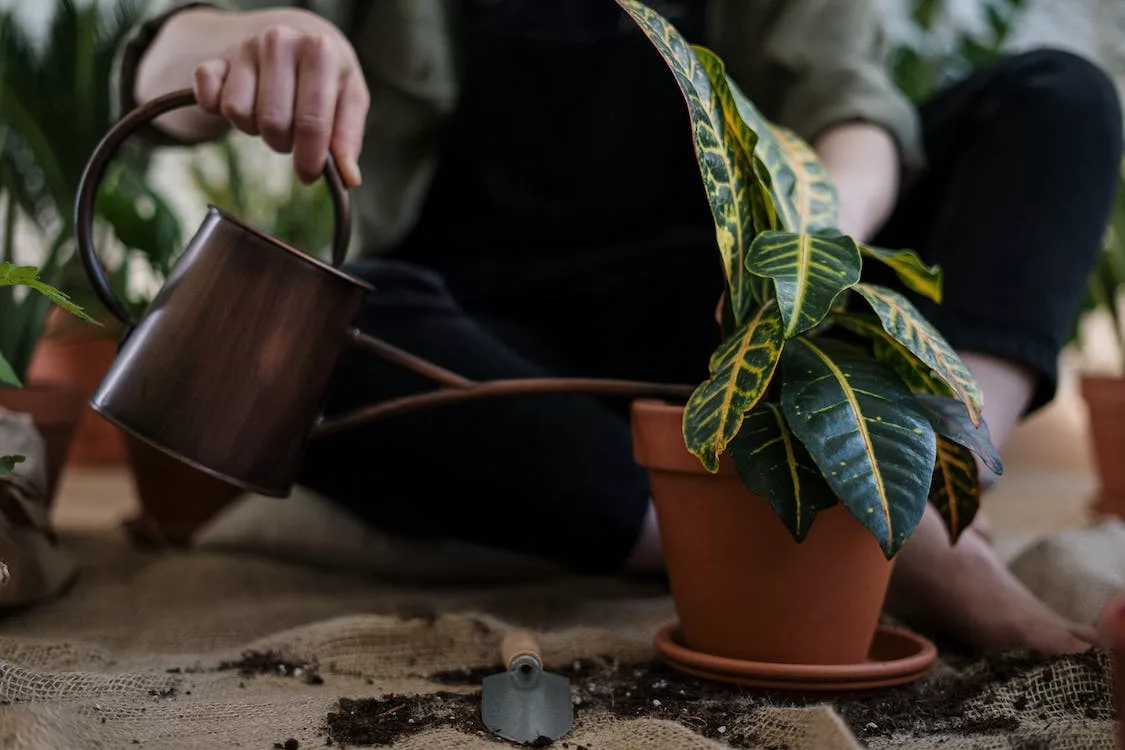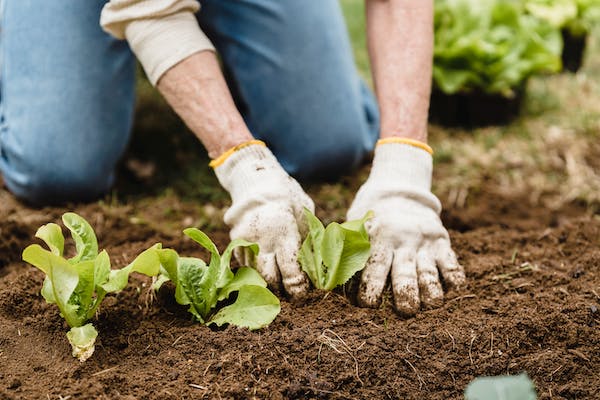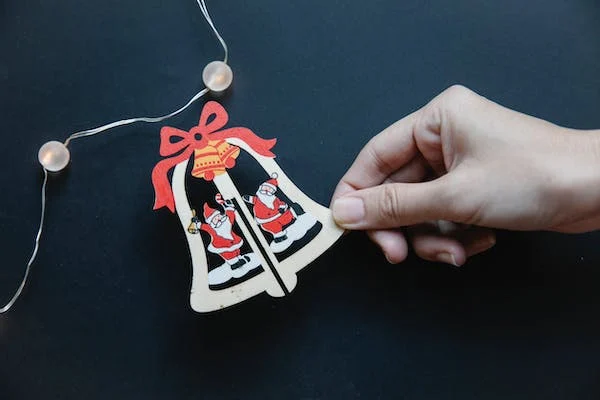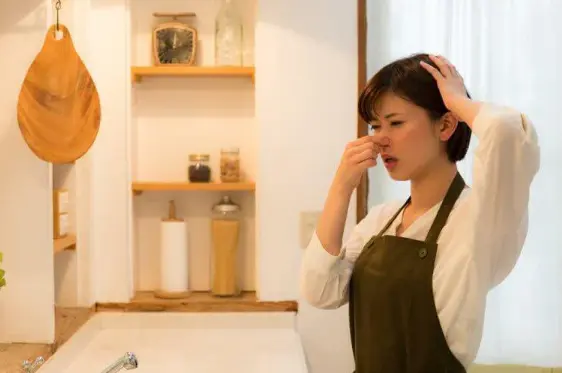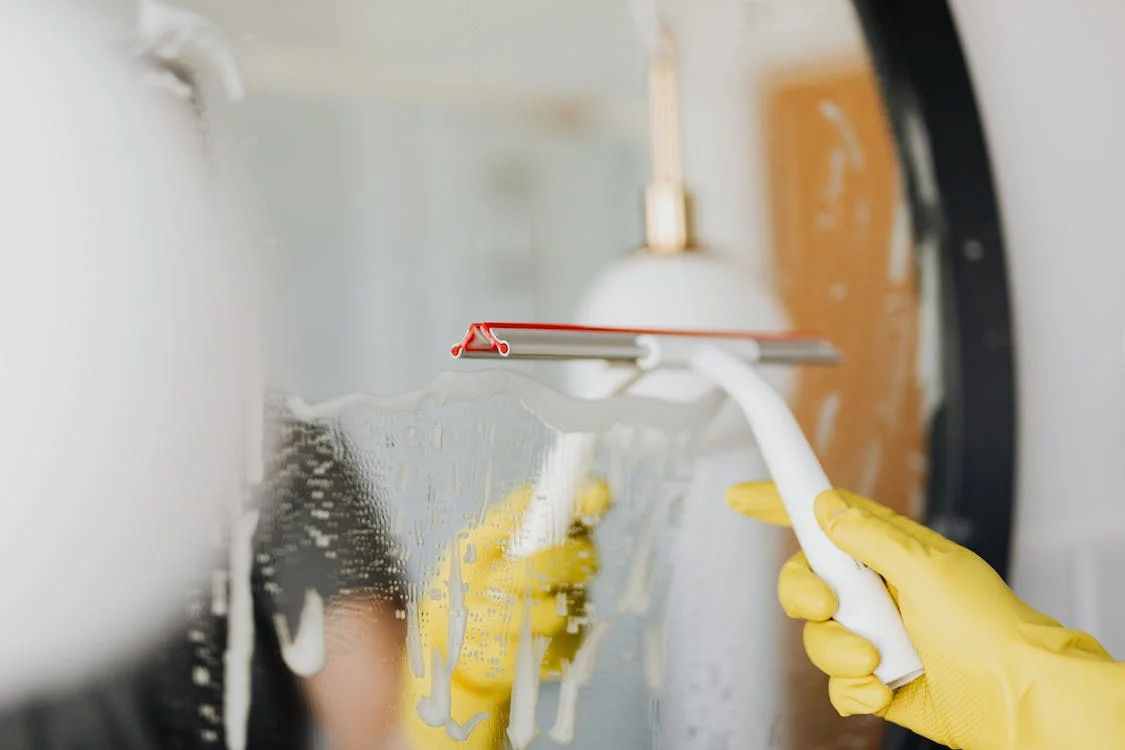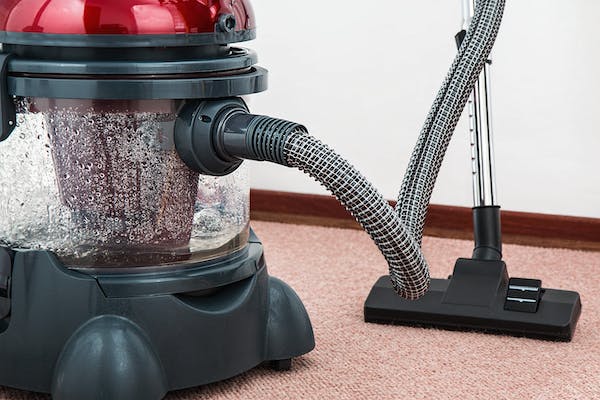Flower gardening is a delightful and rewarding hobby that allows you to cultivate vibrant, fragrant blooms while connecting with the beauty of nature. Whether you have a sprawling backyard or a small balcony, you can create a stunning floral oasis that brings joy to your life and enhances the aesthetic appeal of your surroundings.
This comprehensive guide will take you on a journey from selecting the right flowers to caring for them as they grow, ensuring that even novice gardeners can nurture a thriving garden filled with colorful blossoms.
Why Choose Flower Gardening?
Before delving into the details of flower gardening, it’s essential to understand why it’s a fantastic hobby to pursue, especially for beginners. Here are some compelling reasons to consider:
1. Stress Relief and Well-Being
Gardening has been proven to reduce stress and promote mental well-being. The act of nurturing plants, watching them grow, and tending to their needs can provide a sense of purpose and tranquility.
2. Connection to Nature
Flower gardening allows you to connect with nature, even if you live in an urban environment. It’s an opportunity to observe the rhythms of the natural world up close and appreciate its beauty.
3. Beautification
Flowers add beauty and charm to any space. They can transform a dull yard or balcony into a visually appealing and inviting area.
4. Creative Outlet
Gardening is a creative outlet that allows you to express yourself through plant selection, arrangement, and design. It’s a chance to create your own living masterpiece.
Planning Your Flower Garden
A successful flower garden begins with careful planning. Before you start digging, consider the following factors:
1. Location
Choose the right location for your garden. Most flowering plants require at least six hours of sunlight daily. Ensure your chosen spot receives adequate sunlight, or opt for shade-loving varieties if your space is shaded.
2. Soil Quality
Test your soil to determine its pH and nutrient content. Most flowers thrive in well-drained, loamy soil with a slightly acidic to neutral pH. Amend your soil if necessary to create an ideal growing environment.
3. Garden Design
Think about the design and layout of your garden. Decide on the shape, size, and arrangement of flower beds or containers. Consider factors like color schemes, height variations, and focal points to create an aesthetically pleasing garden.
4. Flower Selection
Selecting the right flowers is crucial. As a beginner, it’s wise to start with easy-to-grow varieties. Consider factors like bloom time, color, fragrance, and the plant’s mature size when choosing your flowers.
Getting Started: Planting Seeds and Transplants
Now that you’ve planned your flower garden, it’s time to get your hands dirty. You have two primary options for starting your garden: planting seeds or using transplants. Here’s how to do both:
Planting Seeds
- Select Quality Seeds: Choose high-quality seeds from a reputable supplier. Look for seeds that are well-packaged and labeled with the plant’s name, variety, and planting instructions.
- Prepare Soil: Prepare your garden bed by loosening the soil and removing any weeds or debris. Ensure the soil is moist but not waterlogged.
- Planting Depth: Follow the seed packet’s instructions for planting depth and spacing. In general, small seeds should be planted shallow, while larger seeds can go deeper.
- Watering: Water the soil thoroughly after planting. Use a gentle spray or a watering can to avoid disturbing the seeds.
- Germination: Keep the soil consistently moist until the seeds germinate. This may take a few days to several weeks, depending on the flower variety.
- Thinning: Once the seedlings have a couple of true leaves, thin them to the recommended spacing. This prevents overcrowding and ensures healthier plants.
- Maintenance: Continue to water and care for your seedlings as they grow. Gradually introduce them to outdoor conditions by hardening them off before transplanting them to the garden.
Using Transplants
- Purchase Healthy Transplants: When buying transplants from a nursery or garden center, choose healthy plants with vibrant foliage and no signs of disease or stress.
- Prepare the Garden Bed: Prepare the garden bed as you would for seeds, ensuring it’s free of weeds and debris.
- Planting Holes: Dig planting holes for your transplants that are slightly larger than the root balls. Space them according to the plant’s mature size.
- Planting Depth: Place the transplants in the holes at the same depth they were in their containers. Gently pat the soil around them to secure them in place.
- Watering: Water the transplants thoroughly after planting to settle the soil and hydrate the roots.
- Mulch: Apply a layer of mulch around the transplants to retain moisture, suppress weeds, and regulate soil temperature.
- Maintenance: Keep an eye on your transplants and water them regularly. Fertilize as needed, following the recommendations for the specific flower varieties.
Caring for Your Flower Garden
To ensure your flower garden thrives, it’s essential to provide the proper care. Here are some key aspects of garden maintenance:
Watering
Water is crucial for the health of your flowers. Different plants have varying water requirements, so it’s important to research and understand the needs of your chosen varieties. In general:
- Deep, Infrequent Watering: Water deeply to encourage deep root growth and drought tolerance. Watering deeply less often is generally better than shallow, frequent watering.
- Morning Watering: Water in the morning to allow foliage to dry before evening, reducing the risk of fungal diseases.
- Use a Soaker Hose or Drip System: These methods deliver water directly to the root zone, reducing water waste through evaporation.
Mulching
Mulch not only conserves moisture but also helps control weeds and maintain soil temperature. Apply a layer of organic mulch, such as shredded bark or straw, to your flower beds.
Fertilizing
Fertilize your flowers to provide them with essential nutrients for healthy growth and blooming. Different flowers have different fertilizer needs, so follow the recommendations on the fertilizer package or consult a local garden center for guidance.
Pruning and Deadheading
Regularly remove spent flowers (deadheading) to encourage new blooms and maintain the overall appearance of your garden. Prune your plants as needed to control their size and shape.
Pest and Disease Management
Keep an eye out for common garden pests like aphids, snails, and slugs, as well as signs of disease. Address pest and disease issues promptly to prevent them from spreading and damaging your plants.
Support and Staking
Some flowers, especially taller varieties, may require support to prevent them from bending or flopping over. Use stakes or cages to keep your plants upright.
Overwintering
In regions with cold winters, you’ll need to prepare your garden for winter by cutting back certain perennials, protecting sensitive plants, and mulching to insulate the soil.
Common Flower Garden Mistakes to Avoid
As a beginner, it’s natural to make some mistakes along the way. Here are some common pitfalls to avoid:
Overcrowding
Planting too many flowers too closely together can lead to overcrowding, competition for resources
, and poor air circulation, which can encourage disease.
Neglecting Soil Preparation
Failing to prepare the soil properly can result in poor drainage, nutrient deficiencies, and stunted growth. Take the time to amend your soil as needed before planting.
Ignoring Plant Compatibility
Some flowers are compatible companions, while others don’t get along. Research the compatibility of the flowers you plan to plant to avoid issues with growth and health.
Underestimating Maintenance
Gardens require regular maintenance, including watering, weeding, and pest control. Be prepared to invest time and effort in caring for your garden.
Neglecting Pests and Diseases
Ignoring signs of pests or diseases can lead to serious damage to your plants. Regularly inspect your garden and take action at the first sign of trouble.
The Joy of Blooms: Enjoying Your Flower Garden
As your flower garden matures and blooms with vibrant colors and fragrant blossoms, take time to savor the joys it brings. Here are some ways to fully enjoy your garden:
1. Relaxation
Use your garden as a retreat for relaxation and stress relief. Create a cozy seating area where you can unwind and soak in the beauty of your blooms.
2. Cut Flowers for Bouquets
Bring the beauty of your garden indoors by cutting fresh flowers for bouquets. Display them in your home or give them as thoughtful gifts to friends and family.
3. Photography
Capture the beauty of your garden through photography. Experiment with different angles, lighting, and close-ups to create stunning images of your blooms.
4. Garden Parties
Host garden parties and gatherings with friends and loved ones. Share the beauty and tranquility of your garden with those you care about.
5. Keep a Garden Journal
Maintain a garden journal to record your experiences, successes, and challenges. This journal can become a valuable resource for future gardening endeavors.
Conclusion
Flower gardening is a delightful journey that allows you to nurture and celebrate the beauty of nature in your own outdoor space. With careful planning, the right plant selection, and ongoing care, even beginners can cultivate a thriving flower garden that brings joy, relaxation, and a deeper connection to the natural world.
So, roll up your sleeves, put on your gardening gloves, and let your flower garden bloom into a masterpiece of color, fragrance, and beauty for you to enjoy and share with others. Happy gardening!

